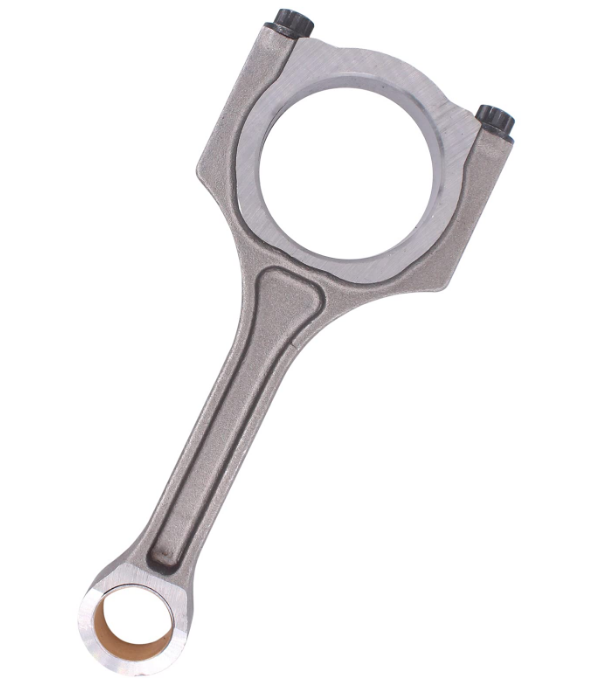Changing a connecting rod in an engine is a process that requires careful attention and precision. It involves disassembling the engine to access the crankshaft and pistons, removing the old rod, and replacing it with a new one. This process requires a certain level of mechanical knowledge and skills, but with patience and careful adherence to instructions, it can be accomplished.
Understanding the Role of Connecting Rods
Before diving into the process, it’s important to understand the function of the connecting rod. In an internal combustion engine, connecting rods link the pistons to the crankshaft, translating the linear motion of the pistons into the rotary motion of the crankshaft. Thus, the health of the connecting rods is crucial to the smooth operation of the engine.
Tools Needed for Changing a Connecting Rod
Changing a connecting rod requires a specific set of tools. These include a wrench set, a rod bolt stretch gauge, a torque wrench, and bearing inserts, along with the replacement connecting rod. It’s also recommended to have the engine manual on hand for specific instructions and torque specifications.

The Process of Changing a Connecting Rod
- Engine Disassembly: To access the connecting rods, the engine needs to be disassembled. This involves removing the engine head, oil pan, and pistons.
- Removing the Old Rod: Once the pistons are accessible, the rod cap is removed from the old connecting rod. The piston and old rod can then be pushed out of the cylinder.
- Installing the New Rod: The new connecting rod is installed by attaching it to the piston and sliding the assembly into the cylinder. The rod cap is then reattached and tightened to the correct torque specifications.
- Engine Reassembly: Once the new rod is installed, the engine can be reassembled. This involves reattaching the pistons, oil pan, and engine head.
Ensuring Engine Health Post-Replacement
After changing a connecting rod, it’s important to ensure that the engine is operating properly. This can be done by running the engine and checking for any unusual sounds or vibrations. It’s also important to monitor the engine’s oil pressure, as a drop in pressure can indicate a problem with the new connecting rod.
In conclusion, while changing a connecting rod is a complex process that requires a deep understanding of engine mechanics, it’s a crucial skill for maintaining engine performance and longevity. Always ensure to follow the engine manual instructions and to work with patience and precision.